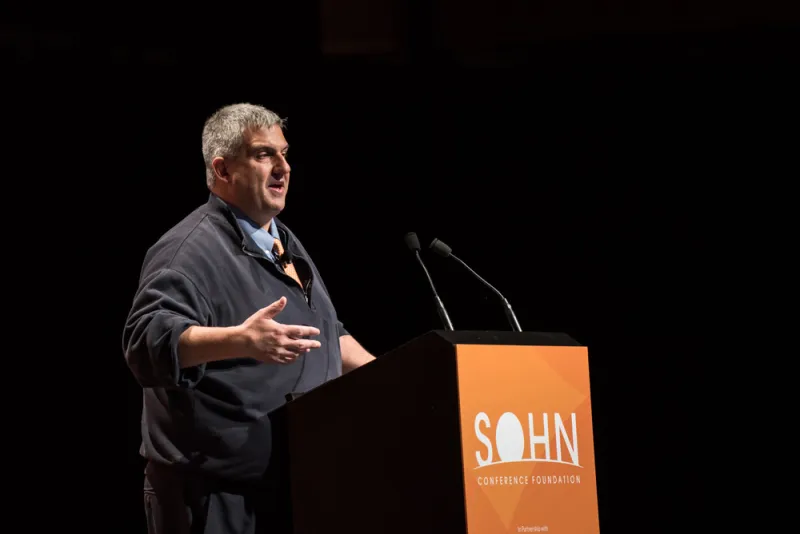Midway through 2018, a number of well-known hedge funds were not only trailing the broader market — they were actually in the red.
Although none came close to matching David Einhorn’s drastic loss of more than 18 percent in his Greenlight Capital’s flagship hedge fund through June, hedge funds managed by Glenview Capital Management, Ascend Capital, Owl Creek Asset Management, and Balyasny Asset Management were all down for the first half of the year, according to HSBC’s weekly scoreboard of hedge fund performance.
Not only have funds managed to underperform the Standard & Poor’s 500 stock index during a year when it is sputtering, they have also underperformed their peers. As a group, hedge funds returned 0.79 percent through June, according to Hedge Fund Research.
Perhaps the biggest surprise is Larry Robbins’ Glenview Capital Partners, which had fallen 3.45 percent as of June 30 after a stunning 23.38 percent gain in 2017. The surprise is because Robbins is best known as a health care specialist, and that sub-index has been one of the best performers of the year. It gained 10.3 percent during the period. The firm did not return a request for comment by the time of publication.
True to form, some of Glenview’s healthcare holdings did well. Its two biggest ones, as of its latest 13F filing based on first-quarter positions, were a billion-dollar-plus stake in HCA Healthcare and an $897 million position in Shire. Those stocks gained 16.80 percent and 8.82 percent, respectively, this year through June 30.
But Robbins’ foray into other sectors was a disappointment. Merged chemical giant DowDupont, his third-biggest position at $829 million, fell 7.44 percent during the first half. Other losers were FMC, a chemicals manufacturer, down 5.76 percent, and Newell Brands, the maker of Rubbermaid products, down 16.54 percent.
Another equity long-short fund, Ascend Capital, also had a rough time through June, falling 4.04 percent.
Ascend’s second-largest equity holding, according to its 13F, was fast food eatery Jack in the Box, which fell 13.24 percent.
Two of its other top equity positions, Marriott International and Golar LNG, were also down during the period. Marriott fell 6.73 percent, while Golar was down 1.17 percent. The firm could not be reached for comment by publication time.
In general, multistrategy funds were one of the worst strategies for the first half of the year, down 2.18 percent, according to HFR. Included in that category are Owl Creek Overseas Fund, down 2.5 percent, according to a person familiar with the fund’s performance. The firm declined to comment.
Balyasny Asset Management’s Atlas Enhanced Fund fell 2.2 percent, and its Atlas Global Investments lost 1.74 percent. The firm could not be reached for comment by publication time.
Though small, Jeff Altman’s Owl Creek’s loss was a huge comedown from the 21.51 percent it gained in 2017. This year, Altman appears to have suffered from a bearish outlook on the markets. According to its latest 13F, Owl Creek’s second-biggest holding was SPDR S&P 500 Index Depository Receipts puts — at a time when the SPDR rose 1.66 percent.
Its third-biggest holding was puts on the Power Shares QQQ Trust, or the Nasdaq 100 Index Tracking Stock, which gained 10.2 percent for the first half.
Dimitry Balyasny’s funds were likewise bearish. In fact, Balyasny’s biggest equity position was puts on the SPDR worth $665.9 million, and the fourth-biggest was QQQ puts, according to the 13F filing.







